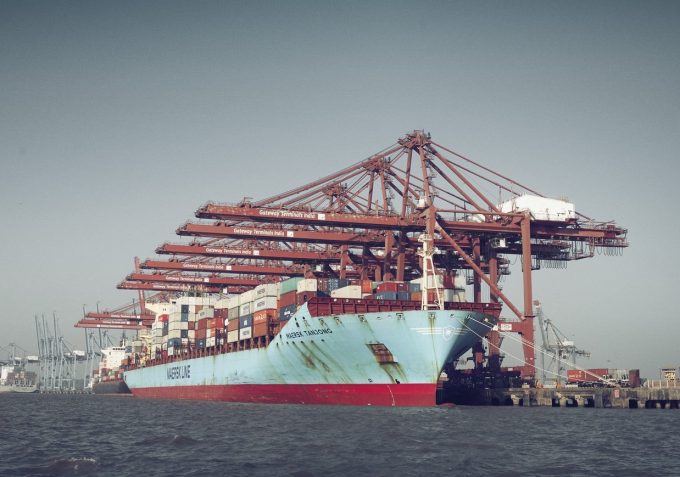Competition concerns over DP World takeover of Silk Logistics
Australia’s Competition Commission (ACCC) has flagged a series of concerns over DP World’s proposed acquisition ...

Container terminals in Nhava Sheva Port (JNPT), India’s busiest public gateway, have been hit by congestion and are ’operating far beyond our capacity levels’.
The problems are due to drastic capacity reduction at APM Terminals Mumbai, which accounts for the majority of export/import shipments moving through the gateway.
Sources noted that the number of weekly services handled by APMT Mumbai, also known as Gateway Terminals India (GTI), had reduced from the normal 13 calls to six, due to the closure of a ...
European port congestion now at five-to-six days, and getting worse
Keep our news independent, by supporting The Loadstar
'Cargo collision' expected as transpacific capacity tightens and rates rise
Houthis declare blockade of port of Haifa – 'vessels calling will be targets'
Another CMA CGM vessel heading for Suez Canal – 'to mitigate schedule delay'
Ocean rates rise after tariff pause acts as 'starting gun' for more front-loading
Navigating supply chain trends in 2025: efficiency, visibility, and adaptability
News in Brief Podcast | Week 20 | 90-day countdown, India and Pakistan

Comment on this article